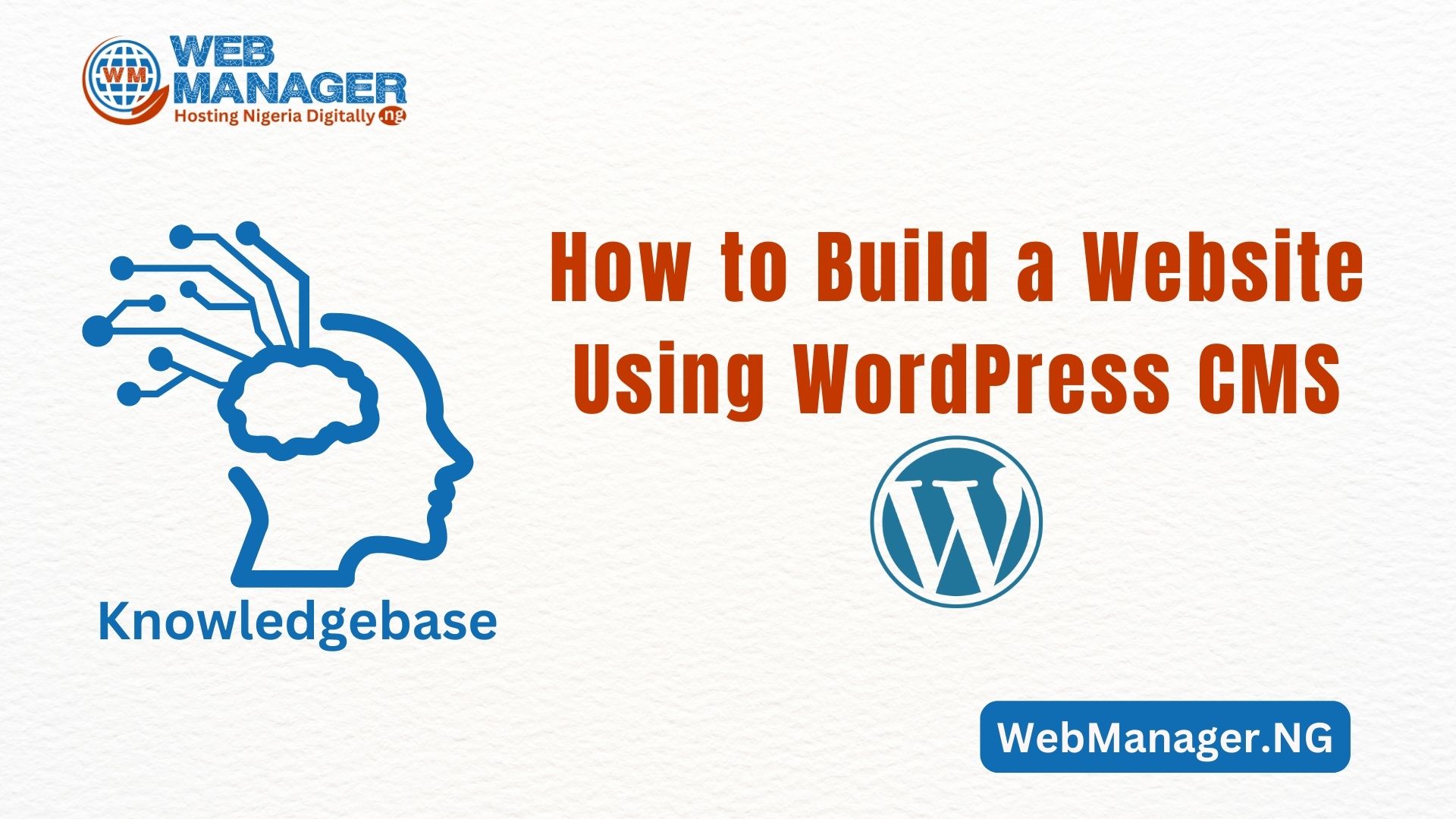 We all know how a website’s speed and performance can play a crucial role in shaping users’ and visitor’s experiences thereby influencing effective online success. Website optimization, which is the process of enhancing a site’s efficiency, is indispensable for multiple reasons.
We all know how a website’s speed and performance can play a crucial role in shaping users’ and visitor’s experiences thereby influencing effective online success. Website optimization, which is the process of enhancing a site’s efficiency, is indispensable for multiple reasons.
From accelerated loading times to fast and easy user interactions, the benefits of web optimization cannot be overemphasized enough. In this guide, you will discover effective optimization techniques, pinpoint common causes of delays, and highlight the potential disadvantages of a sluggish website.
Optimizing website performance
The following sections describe steps you can take to help boost your website’s performance. These recommendations are not all-or-nothing—you can follow some of the recommendations, and still realize performance benefits. Usually, however, the more optimizations you enable, the greater the performance increase.
Compression
You can add Apache mod_deflate directives to the .htaccess file in your web application’s root directory to compress output. Compression saves bandwidth and ensures faster page download times.
To enable output compression for your web application, follow these steps:
- Using your preferred text editor, open or create the .htaccess file in the directory where you installed your application.
- Add the following lines to the .htaccess file:
<IfModule mod_deflate.c>
AddOutputFilterByType DEFLATE text/html text/css text/javascript application/javascript</IfModule>
Finally, save your changes to the .htaccess file and the changes will take effect immediately.
Please note: This configuration provides a basic set of rules for compressing content (HTML, CSS, and JavaScript). You should consult the documentation for your web application for any additional content types that can be compressed.
Browser caching
The Apache mod_expires module enables you to instruct client web browsers how long to cache certain types of content. This both saves bandwidth and ensures faster page download times. To enable browser caching directives for your site, follow these steps:
- Use your preferred text editor, and open or create the .htaccess file in the directory where you installed your application.
- Add the following lines to the .htaccess file:
<IfModule mod_expires.c>
ExpiresActive On
ExpiresByType image/gif “access plus 1 month”
ExpiresByType image/jpeg “access plus 1 month”
ExpiresByType image/png “access plus 1 month”
ExpiresByType text/css “access plus 1 week”
ExpiresByType text/javascript “access plus 1 week”
ExpiresByType application/javascript “access plus 1 week”
ExpiresDefault “access plus 1 week”
</IfModule>
Lastly, save your changes to the .htaccess file. The changes will take effect immediately.
Please note: This configuration provides a basic set of rules for caching commonly used content types. You should consult the documentation for your web application for any additional content types that can be cached.
Minify and combine JavaScript and CSS files
To help decrease page load times and improve performance, you can combine and minify JavaScript and CSS files.
By combining these files into a smaller number of files, you reduce the number of HTTP connections necessary to load your site.
By minifying these files, you reduce the amount of bandwidth required to load your site. The minification process involves removing all unnecessary characters (such as whitespace and comments) from the source files. Numerous online sites minify files, for example:
- To minify JavaScript files, you can use http://jscompress.com.
- To minify CSS files, you can use https://www.toptal.com/developers/cssminifier/.
- To minify JavaScript, CSS, and HTML files, you can use https://minifycode.com/
Optimize image files
Images that are large and unoptimized usually take too long to display on a website. To increase image load time, use image compression tools such as Optimizilla, TinyPNG, and Image Resizer. This tool will help you compress and appropriately size images to minimize page load times, as well as reduce image resolution and dimensions.
Limit the use of External Scripts
All scripted webpage elements loaded from elsewhere, such as external commenting systems, CTA buttons, CMS plugins, or lead-generation popups need to be loaded each time a page loads.
Depending on the size of the script, these can slow a webpage, or cause the webpage to not load all at once (this is called ‘content jumping’ or ‘layout shifting’ and can be especially frustrating for mobile users, who often have to scroll to see the entire webpage).
Limit Redirect Usage
A redirect is when visitors to one webpage get forwarded to a different page instead. Redirects add a few fractions of a second, or sometimes even whole seconds, to page load times. Redirects are sometimes unavoidable, but they can be overused and may accumulate over time on larger websites with multiple owners. As a Web owner, you should create clear guidelines on redirect usage and periodically scan important web pages for unnecessary redirects.
Code Minification
Minifying code means removing anything that a computer doesn’t need in order to understand and carry out the code. Unnecessary characters and spaces from code reduce file sizes, including code comments, whitespace, and unnecessary semicolons. This makes CSS and JavaScript files slightly smaller so that they load faster in the browser and take up less bandwidth. Although minification usually provides marginal performance improvements, it is still an important best practice.
Prioritize Content Rendering
Before one visits your site, ensure critical and well-optimized content loads first. When the initial page is faster to load, there is a tendency for the rest to be fast as well.
Mobile Optimization
Implement responsive designs suitable for mobile devices. These days, the common means of accessing websites are mobile phones and tablets. So to be on the edge, your sites must be not only be accessible for computers but also for mobile devices.
Font Optimization
Minimize the number of font styles and use efficient loading strategies.
Monitoring and Analysis
Regularly use tools like Google PageSpeed Insights to identify and address performance bottlenecks.
Why Website Optimization Matters
User Experience
Fast-loading pages contribute to a positive user experience, fostering engagement and satisfaction.
Search Engine Rankings
Search engines prioritize fast-loading sites, leading to improved visibility and higher rankings.
Conversion Rates
Reduced load times positively impact conversion rates, ensuring that visitors stay and complete desired actions.
Mobile Responsiveness
Optimization is vital for catering to the growing number of mobile users and enhancing accessibility and usability.
Causes of Website Delays
- Large Media Files: Unoptimized images, videos, and other media can significantly slow down a website.
- Too Many HTTP Requests: Excessive elements on a page result in more requests, leading to longer load times.
- Lack of Browser Caching: The absence of caching mechanisms forces browsers to reload resources on each visit.
- Server and Database Issues: Inefficient server and database performance can cause delays in delivering content.
- Unoptimized Code: Bulky and unoptimized code increases file sizes, hampering load times.
- External Embedded Media: Third-party content, if not optimized, can contribute to delays.
Disadvantages of Downtime
- Loss of Revenue: Downtime can directly impact e-commerce and revenue-generating activities.
- Negative User Experience: Unavailable websites frustrate users, potentially leading to a loss of trust and credibility.
- SEO Consequences: Extended downtime can harm search engine rankings and visibility.
- Brand Reputation: A website frequently experiencing downtime can damage the overall reputation of a brand or business.
- Customer Retention: Users may seek alternatives if they consistently encounter an unavailable website.
That’s it! Need help? Contact Us.

